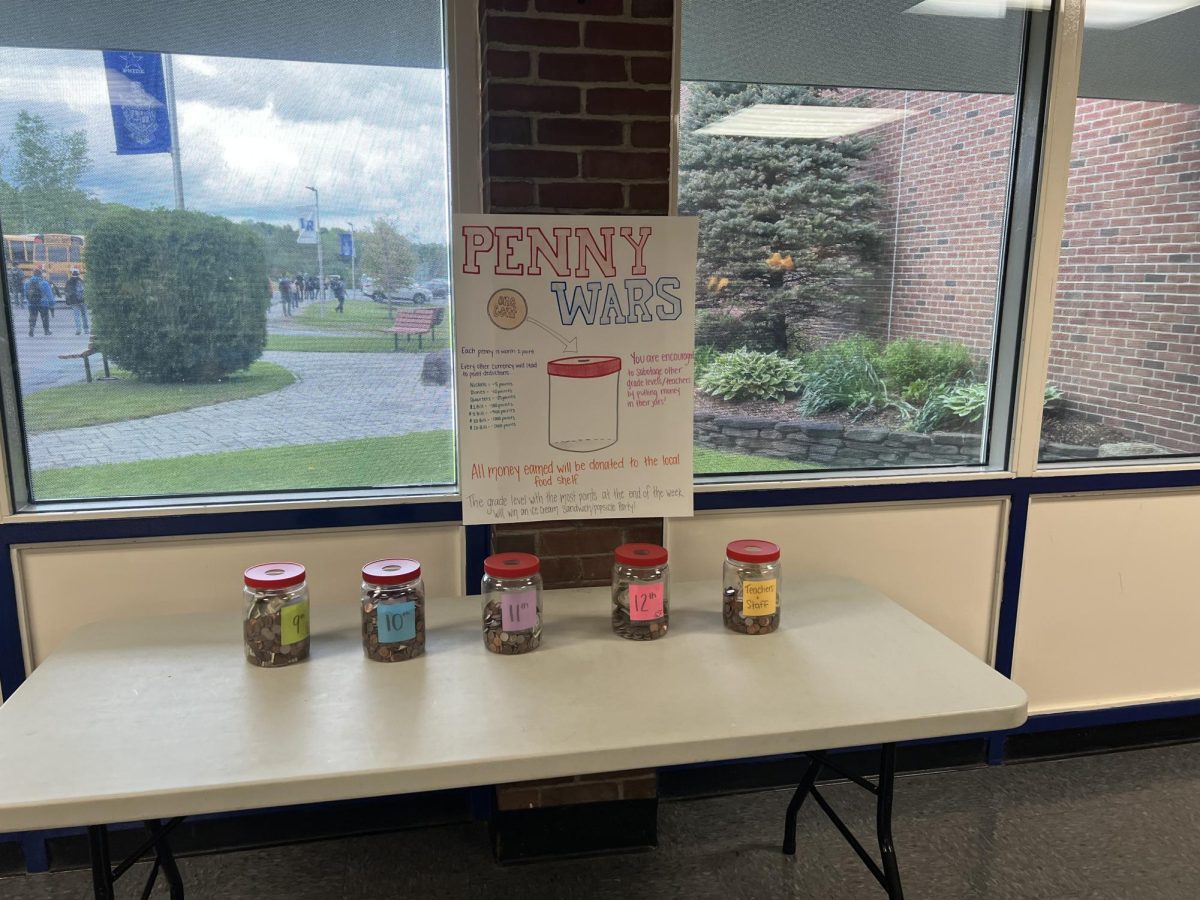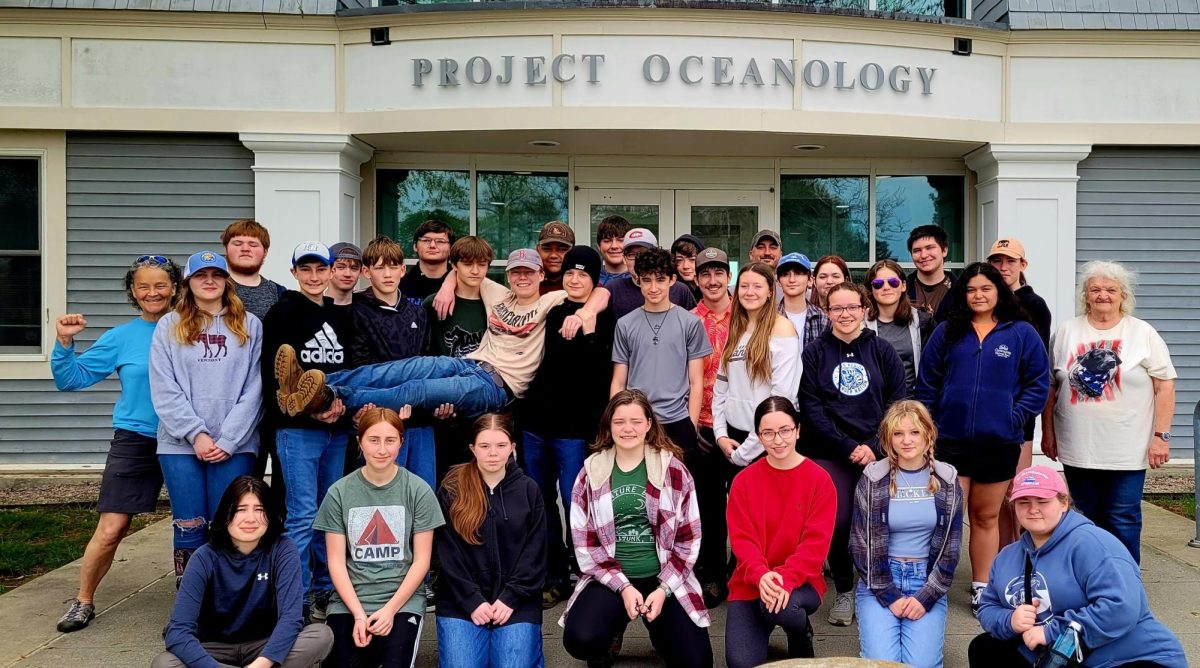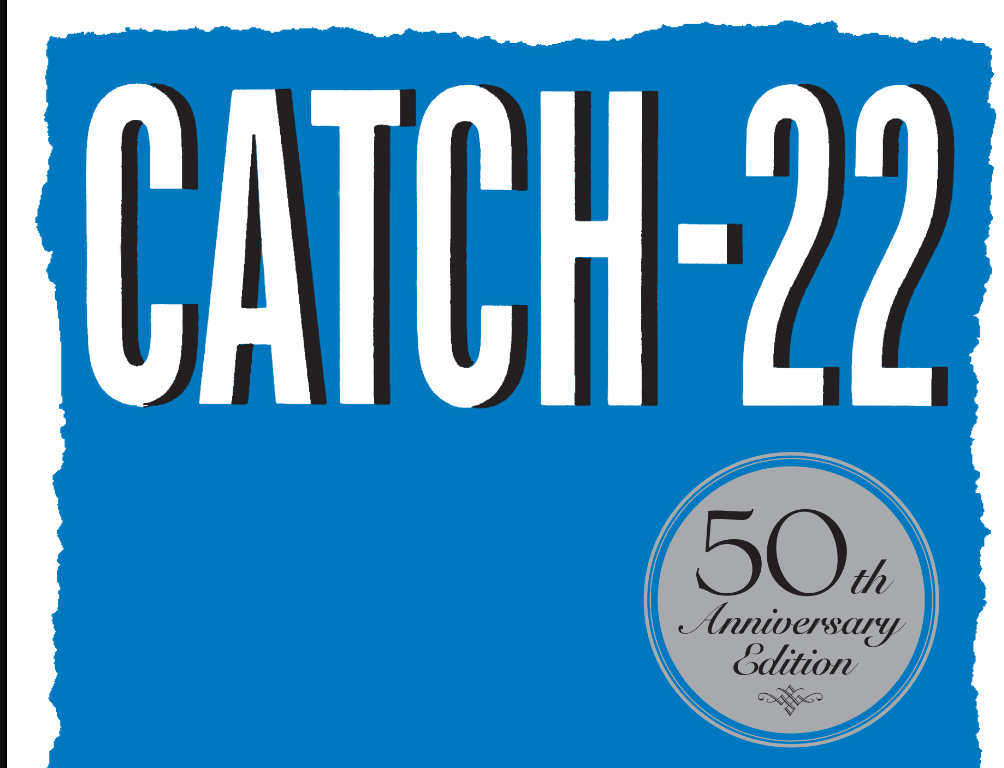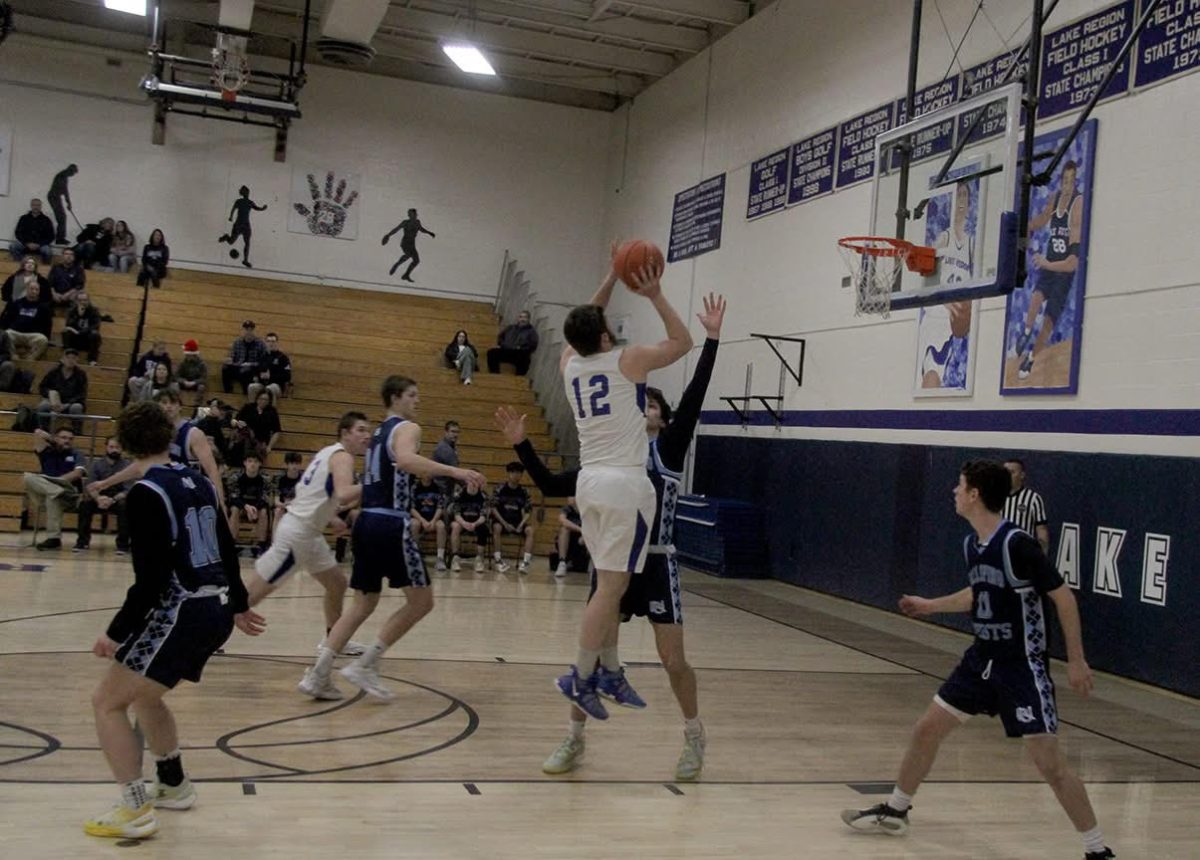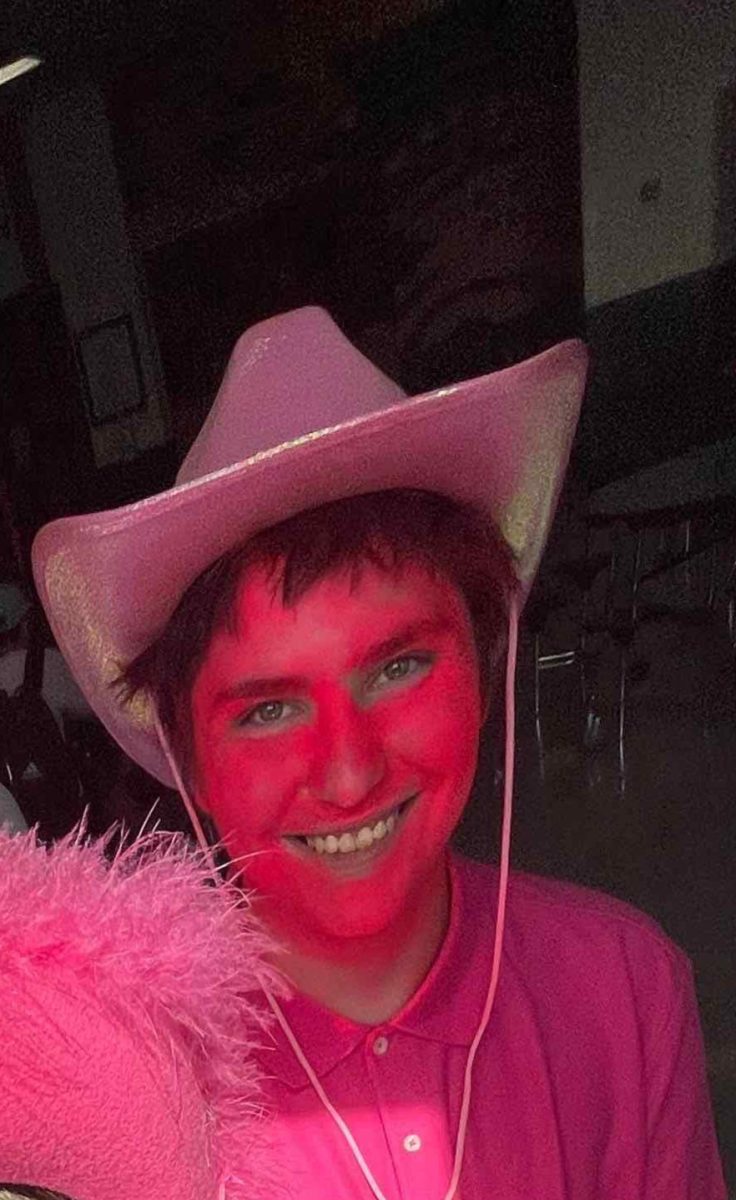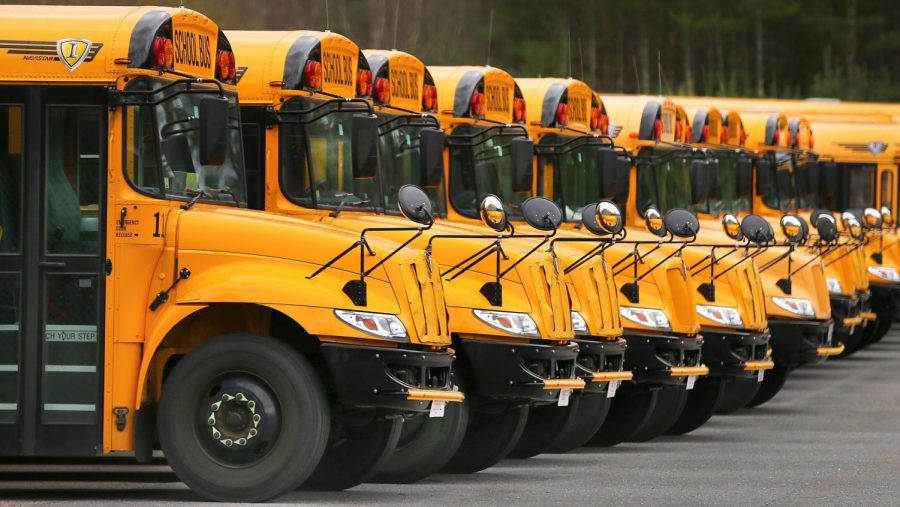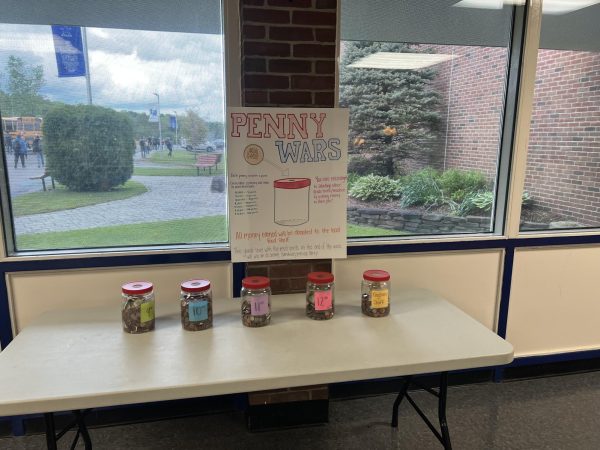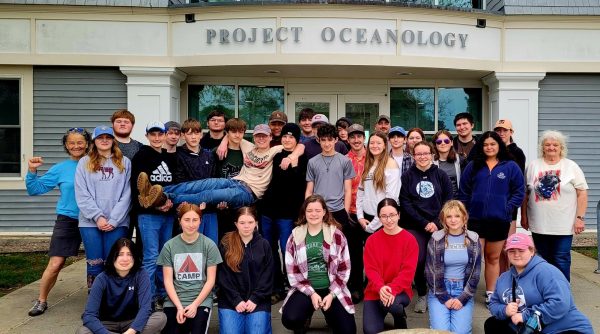Contact Tracing on Buses
Contact tracing is currently required for Vermont schools to follow while COVID-19 cases continue to rise in the state. If students have been in close contact with someone who tested positive for COVID-19, you must be notified and stay home until your test results return back negative. This applies to students that ride on school buses as well. Some students that attend Lake Region have the option of two different buses they can take to and from home.
In addition, students from multiple towns often ride on the same bus. For example, some students from Irasburg and Albany ride the same bus, but others from those towns ride a different bus. There’s no assigned bus or seat for students, so a student could ride one bus home on Monday, and ride a different bus home on Tuesday. Some buses also have students from the Barton Preschool on the bus. In addition, several theater participants ride the bus to Orleans for practice on certain days of the week. Contact tracing may seem simple in schools, but just how difficult is it to track down students on each bus and notify them that they’re a close contact?
The rules that the state government put in place last year stated that anybody sitting within 6 feet of somebody that’s COVID-19 positive would be notified and must quarantine and be tested. That wasn’t working. “We tried seating charts and they didn’t work,” according to Lake Region’s Principal, Mr. Messier. But, Mr. Messier said that contact tracing restrictions for school buses have been loosened by the state. “A close contact is only if somebody is sitting in the same seat as them for fifteen minutes or more.”
Mr. Messier said that buses are not being overlooked when it comes to contact tracing. “When we have a positive case, we look at classes, lunch and bus,” he said. In regards to face masks on the bus, Mr. Messier said that’s not in the school district’s control or even the state’s control. “Masks are actually a federal issue.”
Mr. Messier also commented on two measures that could potentially make contact tracing on the bus easier. “Assigned seats add to the list of things that bus drivers would have to enforce,” he explained. “The idea of bus drivers making a list of the students on the bus each day would also be difficult to enforce.”
Mr. Messier also said that there’s no need to make students choose one bus to ride every day. “We used that method last year, but there’s no need for a commitment to a bus this year.” Mr. Messier also explained the method for finding out who is a close contact. “We would ask the student that tested positive who sat with them on the bus that day. We could also view the video cameras on the bus.” As long as you aren’t in the same seat as the student though, you’re all set to return.
So, the big question is: Are students getting exposed to COVID-19 on the buses with the restrictions for contact tracing loosened? We probably won’t ever know, but it’s worth everybody giving it a thought.
